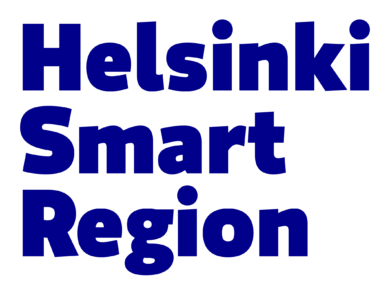Cases

Industrial modernisation
Artificial intelligence helps to diagnose brain disorders
Published:
Brain hemorrhage is a sudden and very dangerous disorder. For example, subarachnoid hemorrhage, which is most common within the middle-aged, kills 75 percent of the patients within a year, if left unnoticed.
“Brain hemorrhages are difficult to detect, because the symptoms can include only a headache,” says Taru Hermens, project manager at the Helsinki University Hospital (HUS).
Diagnosing brain hemorrhages is done by radiologists who interpret the results of head imaging scans. In the Finnish hospitals, six million medical imaging examinations are performed every year, and about 180,000 of those are computerised tomography (CT) scans of the head. The most common head scans are used to examine brain hemorrhage. However, the number of scans is increasing in Finland and worldwide, while the number of radiologists is decreasing.
Together with two private partners, the Helsinki University Hospital HUS is now developing an AI-based analysis tool to make diagnosis of brain disorders quicker and easier for the radiologists.

AI supports the radiologist’s work
HUS Helsinki University Hospital has a digital archive of over 16 million head scans. The archive provides a huge amount of data that can be used in the development work. The AI Head Analysis project started in 2017 and is now in phase 2. In the first phase, the project developed an algorithm that can identify subarachnoid hemorrhage only. Now they are creating a package of algorithms that can identify up to five different types of brain hemorrhages.
The AI Head Analysis is a joint project with HUS, Planmeca and CGI. The HUS physicians and nurses provide their clinical expertise and data to the project, and the companies provide their knowledge of healthcare technologies.
“In the future, we hope that this technology could be used with other brain disorders all around the world,” Hermens says.
A human always makes the diagnosis
An AI-based tool can be even more precise than the human eye. As human interpretation of the images always depends on the physician, the tool can provide more consistency in the diagnostics.
In practise, the tool will give a suggestion for the radiologist, but the radiologist will always make the final diagnosis. So far, the algorithm has been able to detect 94 percent of the subarachnoid hemorrhage cases.
“The tool does not erase the responsibility of the physician. However, it can help and support them in detecting the disorders. Also, in the emergency departments with no radiologists, this tool could help the medical staff to send the patients into further examinations,” Hermens says.
Image credit Annukka Pakarinen
AI head analysis project
- A project developing an AI-based image analysis tool for brain hemorrhage.
- Project partners: HUS Helsinki University Hospital, Planmeca and CGI
- Duration: May 2017 – ongoing
- Made possible by The CleverHealth Network ecosystem that combines the expertise and data of the Helsinki University Hospital (HUS) with the innovation of technology companies. The ecosystem consists of 16 key partners.
For further information, please contact:
Taru Hermens, Project Manager,
taru.hermens@hus.fi
Read more about the project:
https://www.cleverhealth.fi/en/head-area-imaging-analytics
AI head analysis project
- A project developing an AI-based image analysis tool for brain hemorrhage.
- Project partners: HUS Helsinki University Hospital, Planmeca and CGI
- Duration: May 2017 – ongoing
- Made possible by The CleverHealth Network ecosystem that combines the expertise and data of the Helsinki University Hospital (HUS) with the innovation of technology companies. The ecosystem consists of 16 key partners.
For further information, please contact:
Taru Hermens, Project Manager,
taru.hermens@hus.fi
Read more about the project:
https://www.cleverhealth.fi/en/head-area-imaging-analytics










 Return to listing
Return to listing